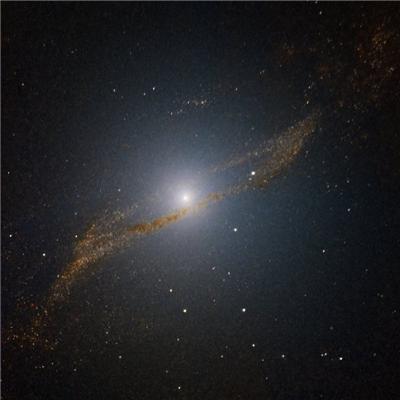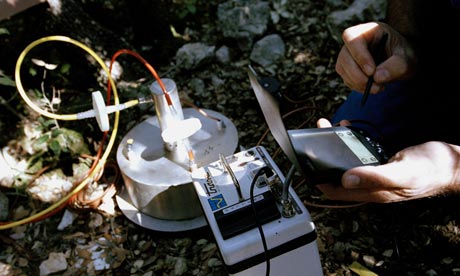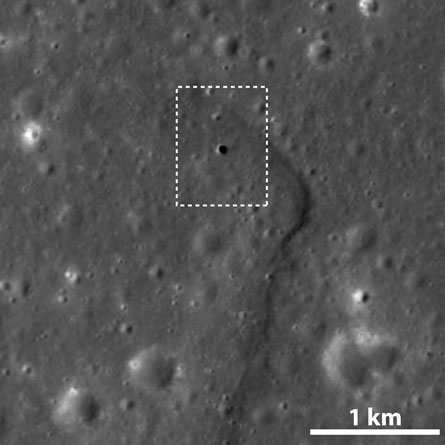
© ESOthe central parts of Centaurus A reveals The parallelogram-shaped remains of a smaller galaxy that was gulped down about 200 to 700 million years ago.
A new technique using near-infrared images, obtained with ESO's 3.58-metre New Technology Telescope (NTT), allows astronomers to see through the opaque dust lanes of the giant cannibal galaxy Centaurus A, unveiling its "last meal" in unprecedented detail -- a smaller spiral galaxy, currently twisted and warped. This amazing image also shows thousands of star clusters, strewn like glittering gems, churning inside Centaurus A.
Centaurus A (NGC 5128) is the nearest giant, elliptical galaxy, at a distance of about 11 million light-years. One of the most studied objects in the southern sky, by 1847 the unique appearance of this galaxy had already caught the attention of the famous British astronomer John Herschel, who catalogued the southern skies and made a comprehensive list of nebulae.
Herschel could not know, however, that this beautiful and spectacular appearance is due to an opaque dust lane that covers the central part of the galaxy. This dust is thought to be the remains of a cosmic merger between a giant elliptical galaxy and a smaller spiral galaxy full of dust.
Between 200 and 700 million years ago, this galaxy is indeed believed to have consumed a smaller spiral, gas-rich galaxy -- the contents of which appear to be churning inside Centaurus A's core, likely triggering new generations of stars.



